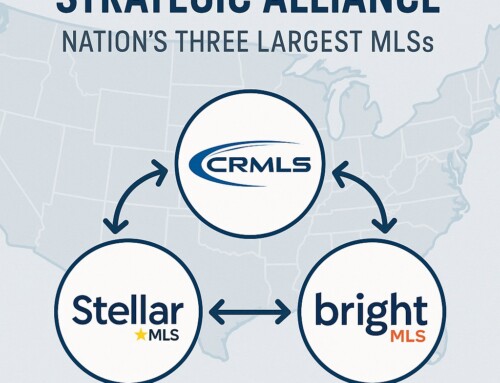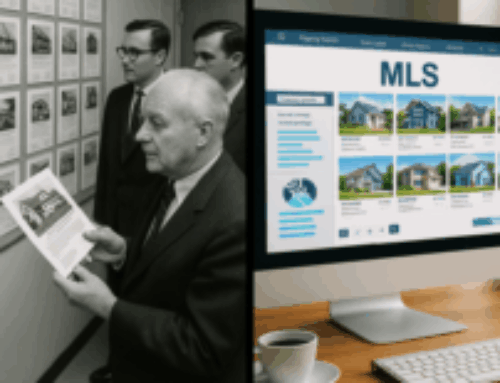 Every company SAYS they have good customer service, but we all know the truth – many companies believe they are customer-centric, but when it comes right down to it, they don’t always live up to the promise.
Every company SAYS they have good customer service, but we all know the truth – many companies believe they are customer-centric, but when it comes right down to it, they don’t always live up to the promise.
I am going to use my brand relationship with my most frequently travelled airline to illustrate this point. With this unnamed airline I have had a really good year. I travelled almost exclusively with them, helping to raise my status level to the point where I travelled more in free upgraded first class seats than not. I was privy to the attention of the company’s most pleasant and experienced flight attendants. I was lucky not to experience a whole lot of unwieldy delays. I was early to board ensuring I could in fact keep my luggage as a carry-on speeding my time to my destination by eliminating the wait time for my bags at the carousel. This same airline has upgraded nearly their entire fleet to include wireless service offerings allowing me to stay connected to my clients even while in the air. All in all, I would say I was pretty darn close to becoming a raving fan!
Now fast forward to 2:11 am last evening.
I was trying to check in for my first flight of the year on this airline. The airline I was trying to access is in the midst of a merger so that means two archaic airline reservation and loyalty systems are kluging their way to a common solution. What does that lead to……lots of BUGS, unexplained error codes and general havoc and frustration for their most loyal customers. Bottomline, I was not able to check in online and nobody in tech support, customer support or the frequent traveller desk could understand why.
System error codes don’t really mean a whole lot to a customer, especially when you can’t even explain what the error code means, why it happened or when it will be addressed. Now make the process even worse by sending your customer to two or three departments, NONE of which can answer the question about why you can’t check-in online or even offer a way for them help to accomplish this simple task. Third, and worst of all, the supervisor I spoke with not only could not provide any solution to the problem, but elevated the conversation to defensive, offering no recourse for the wasted time and frustration the airline had caused. They simply acted they really didn’t care at all about me.
What happened to all of my great “friends” I had on the airplanes that were getting to my destination on time, telling jokes and singing over the microphone? All of the goodwill they created through the year came to a screeching halt when the “support staff” could offer no relief or even empathy for the challenge I was facing.
Now, let’s translate this into an MLS scenario…..While the example I’m going to describe involves a fictitious MLS organization it could just as easily describe a marketing technology or a broker tool.
Your organization decides to transition from one MLS system to another.
You have a top-producing agent who has been working for hours to meet the deadline of one of their best clients who needs to be able to review all of the closing documents before they head to Paris in the morning. The agent had set up all of the contact information and key information to complete the paperwork expeditiously in the MLS system.
The agent logs into the MLS system they have used for years and suddenly realizes that their tried and true work tool has been replaced by a new shiny object – a new MLS system. She goes into her prospecting tools and realizes the contact information she had for this client is now gone because her years of prospecting data was not mapped over to the new system.
Now, she’s running out of time to meet her client’s deadline so she calls the MLS Help Desk asking for their support. While the company claims to have 24/7 support, the phone has been forwarded to an outsourced help desk somewhere thousands of miles from where the agent is located. They know nothing of the transition from one MLS system to another and seem uninterested in helping the agent to retrieve the valuable information the agent is missing. Every minute that goes by is weakening the agent’s chances of meeting her client’s deadline. Worse yet, the help desk, in a somewhat condescending tone plays back the “company line” – plans for the new MLS system installation were announced months ago so there’s nothing they can do to help the top producing save the day with her client. The agent receives a cut and dried response with no suggestion of proactivity or empathy. The extremely frustrated agent never hears, “I know what you’re going through and we’ll do our best to help you with it”, or “Let me see if I can find someone else who can help you”, and definitely does not hear “We know that you are one of our most loyal customers and we will put our best customer person on this problem to help you get it resolved ASAP”.
While every system transition can be wrought with issues, there are ways that software companies and MLSs can help ease the frustration and loss of loyalty that can be experience by one weak customer service moment.
Customer-Centric Attitude and Processes
First, the companies can adopt genuine customer-centric attitudes, philosophies and processes. This begins at the board level and then translates to the CEO and the rest of the staff. In the best case scenario, the staff is actually evaluated and rewarded based on the satisfaction levels of their paying customers.
To prepare the organization for every possible customer service issue it ma face, an involved group of staff and board members go through every possible reason why a customer would contact the company and build the first, second and third lines of response depending on the complexity of the problem.
Easy to Use Customer Service Support Tools and Information
Second, the company will build the tools needed to provide consistent, timely and complete answers to the most common questions asked by their customers via wiki’s, how to videos, and easy to understand and friendly emails including the easy to understand solution to their problem.
Monitor Service Satisfaction Regularly
Third, the company will follow-up with every customer that contacts them via a short survey and spot checks of phone interviews to ensure that their questions truly are being addressed.
Prioritize the MOST frustrated customers with the most complicated issues
Fourth, when a client comes to the company with a weird, unexplainable glitch like the one I encountered last night, they don’t blow it off and let the customer absorb the frustration. The MLS makes a commitment to put these more serious reputation-damaging issues to the top of the queue getting a team of the appropriate people in the company together to get to the bottom of it as soon as possible. As soon as a resolution plan is in place, the MLS calls the customer that was challenged and lets them know when and how the issue will be addressed. And then finally, once the issue is addressed they again call the customer and thank them for bringing the glitch to their attention and show them how the issue was addressed.
Comprehensive and Well-Designed Client Relationship Management Software
Fifth and finally, it is critical that service organizations like MLSs have a comprehensive, flexible and integrated Client Relationship Management or CRM system in place so that they can track the one off glitches along with the common problems. This allows the MLS to focus service improvements on the most prevalent and most frustrating problems that obstruct the ability for an agent to complete a transaction and ultimately make a living.
Hope your MLS has the most amazing year ever by providing the best customer experience it possibly can!




